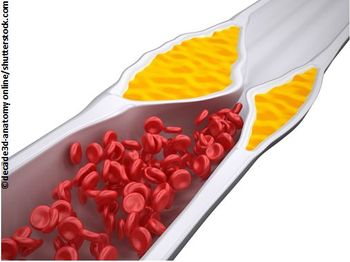
A 54-year-old African American man with a history of type 2 DM, hypertension, and gout presents for diabetes follow-up. What’s the best therapy for his hypertension?

A 54-year-old African American man with a history of type 2 DM, hypertension, and gout presents for diabetes follow-up. What’s the best therapy for his hypertension?

What do current guidelines recommend as first-line treatment for patients like 51-year-old TK? Check out these options.

Remembering the role the patient can play in preventing medication errors is important. Here I focus on potential errors resulting from nonadherence with insulin.

A greater focus on potential barriers may help prevent errors, increased costs, and poor patient outcomes.

No discussion of medication errors should exclude traditional medication-related problems, such as those associated with confused drug names.

Rising medication use and polypharmacy, along with physiological changes in older patients, greatly increase their risk of medication-related problems and adverse events.

A 34-year-old woman presents for follow-up of her type 2 diabetes mellitus and starts therapy with lisinopril. She thinks she also may be pregnant. What is the problem?

Confusion about multiple insulin products; nonadherence to the prescribed regimen; the patient’s injection technique . . . here: a look at why errors occur when insulin is prescribed-and how to prevent them.

A 72-year-old woman presents to the ED with fatigue, weakness, and palpitations. Her potassium level is 6.1 mEq/L, with a serum creatinine level of 1.9 mg/dL. What is the problem?

This case highlights medication errors that can result from drug interactions noted with the use of tamoxifen or other chemotherapeutic agents.

This case focuses on duplicate therapy resulting from the use of prescription medications, which can result in serious adverse effects.

Lortab is prescribed for a 58-year-old woman with low back pain that resulted from trauma. While at the pharmacy, she picked up a bottle of Tylenol® Cold. What is the problem?

This agent has a large number of drug-drug and drug-food interactions, and there is a need for increased INR monitoring.

Published: October 25th 2013 | Updated:

Published: August 21st 2013 | Updated:

Published: July 30th 2013 | Updated:

Published: February 20th 2014 | Updated:

Published: April 16th 2014 | Updated:

Published: May 19th 2014 | Updated: